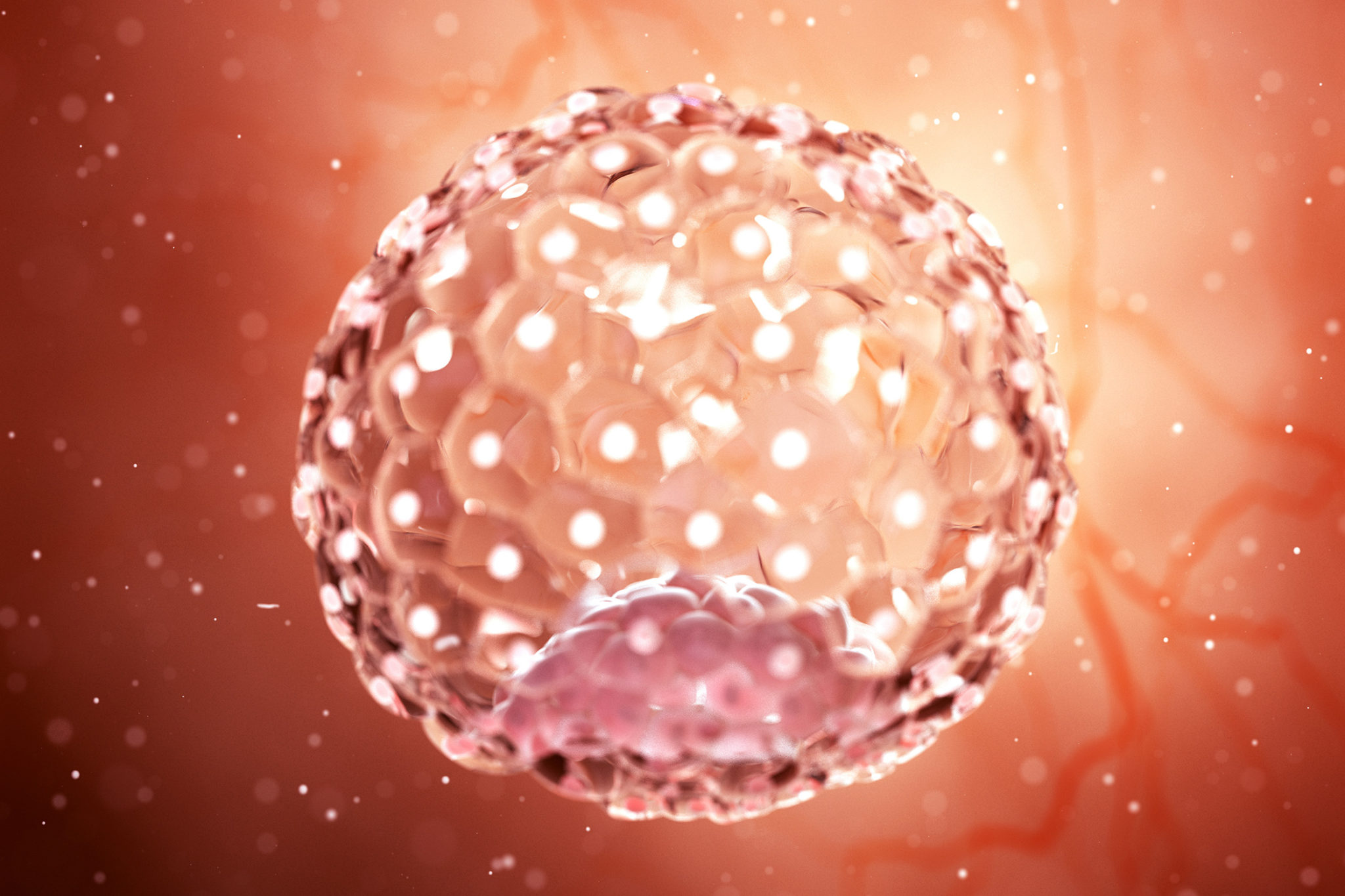You may be reading this page before you know you are pregnant. Perhaps, you are actively trying to get pregnant. Or, perhaps you had an intuitive experience letting you know you were pregnant before missing your menstrual period.

Let’s begin with an intention to nurture a healthy body fully ready to receive and grow a baby! That may mean drinking pure water, skipping alcohol, vaping/smoking, and sugary foods, and going to sleep between 10 and 11 pm. Yep, these and other good habits are proven for health,
The moment of fertilization may occur just hours after unprotected, heterosexual sex when both the male and female partners are fertile, or after artificial insemination when the ripe egg receives the sperm.
Chemical changes in the body begin to respond immediately. (Which is why some rare people know they are pregnant immediately.) Pregnancy has begun.
In the first two weeks after fertilization the two egg and sperm cells are rapidly dividing and creating vital foundations for human development. The fertilized and developing egg divides into two cells, then four, and so on until a sphere of cells, called the morula, enters the uterus at the end of the first two weeks.
Conception occurs in the womb when the nestles into the fluffy, nutritious lining of the uterus. The “fertilized egg” is now a ball of cells about to divide further into specific layers of the body, and into a placenta.
The third week of cellular life is often hidden in the secret folds of the uterine lining, but much is going on. Signals from chemical reactions of these cells go out to the pregnant brain and body changing hormones and allowing dozens of detailed changes to support pregnancy. The ball of cells, the morula, quickly advances through a process of folding. Directions on how this folding occurs to form the systems of the body are so mysterious and subtle that we little understand how this “magic” occurs. The wisdom of human development is beyond our understanding!
To mark the weeks of pregnancy, we use the first day of your last period — not the date of ovulation, fertilization, sex, or insemination. This means that the measure for the first two weeks of pregnancy starts before you got pregnant! Talk about quantum thinking.
Let’s get walking! Start soon to incorporate daily movement — specifically walking. Work your way up to walking three miles a day. This movement keeps some of your pelvic joints more balanced as baby grows. Why does this matter? When your pelvis is balanced (including pelvic ligaments, fascia, and muscles), the baby has room to grow and move into the best position possible for childbirth.

Your baby is about the size of the period at the end of this sentence. Your baby is a traveler, moving down the fallopian tube toward the uterus. Fertilization brings a shiny new set of chromosomes to make the egg into a zygote. The cells divide and make a liquid-filled ball called a morula. By the end of this week, the egg leaves the fallopian tube, enters the uterus, and officially becomes an embryo.
Even though most physical signs of pregnancy come later, a few people experience a sudden awareness of pregnancy. Ovulation itself can cause mild cramping and increased vaginal discharge. You may start to notice a shift in the type and abundance of vaginal mucus. Some pregnancies have a small and normal amount of implantation bleeding at the end of this week, or in the next few weeks.
Affirmations are short, powerful statements that can affect your conscious thoughts. Close your eyes, breathe deeply and slowly, and repeat the following to yourself each day throughout the next week. Fill yourself with breath and feel the joy:
For additional education to even further enhance your pregnancy and labor preparation, shop our extensive collection of digital downloads, videos, DVDs, workbooks, and more.